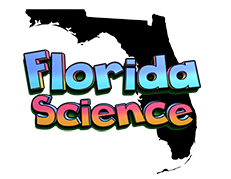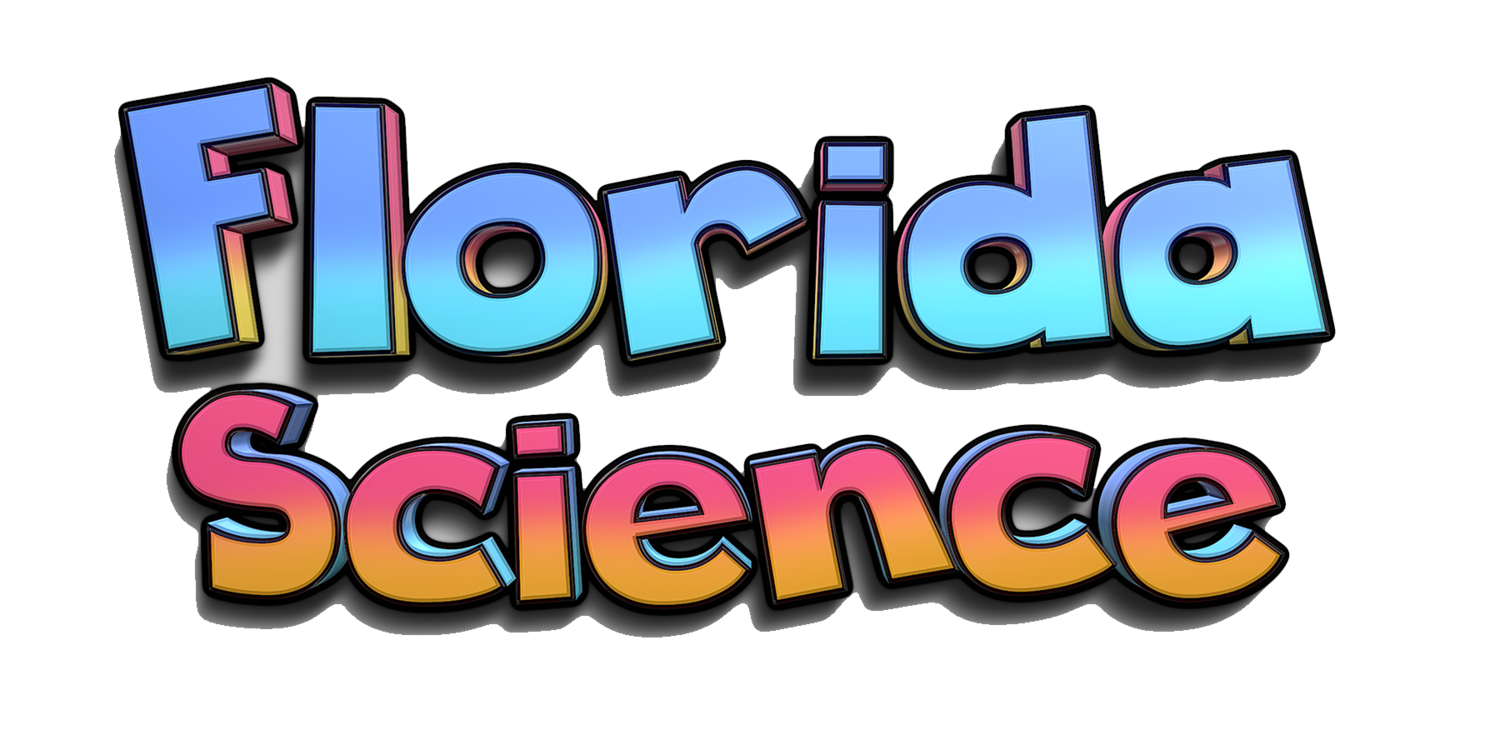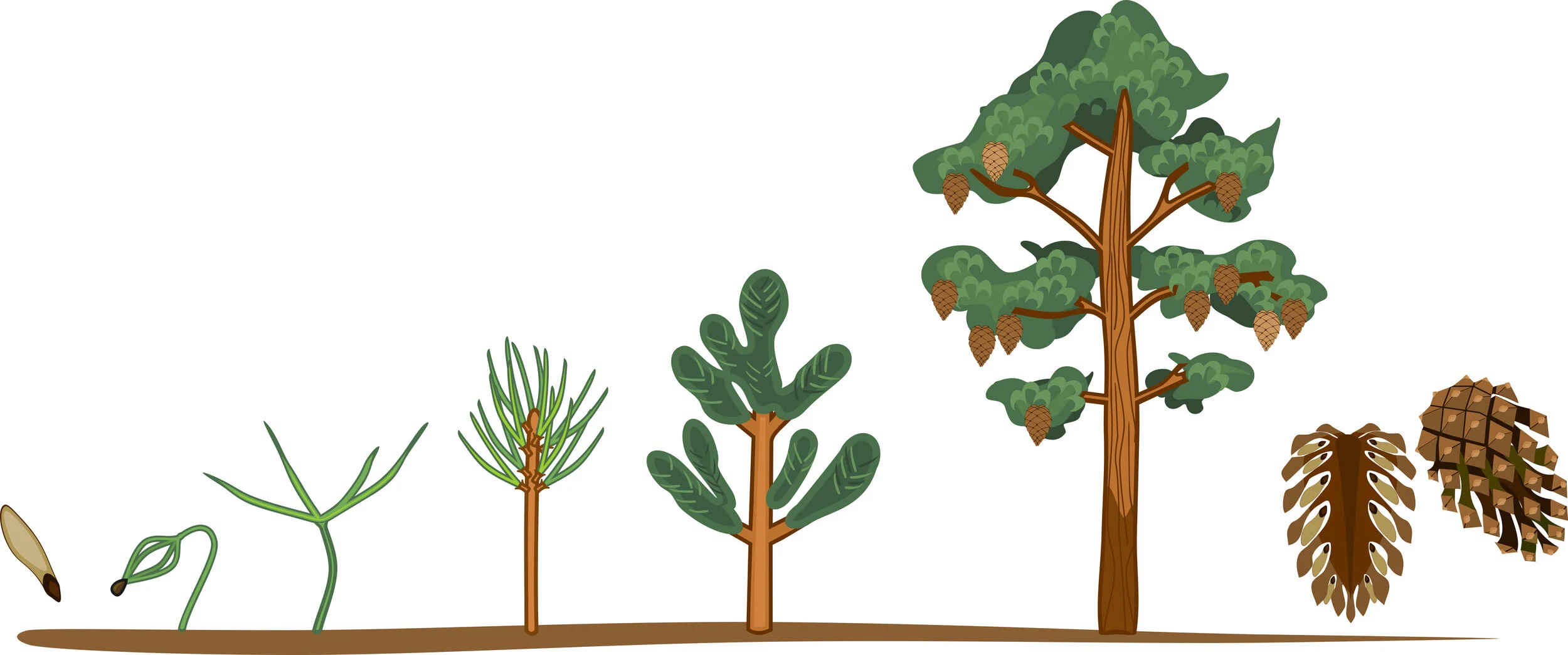Life Science
SC.3.L.14.1: Describe structures in plants and their roles in food production, support, water and nutrient transport, and reproduction.
SC.3.L.14.2 Investigate and describe how plants respond to stimuli (heat, light, gravity), such as the way plant stems grow toward light and grow downward in response to gravity.
SC.4.L.16.4: Compare and contrast the major stages in the life cycles of Florida plants and animals, such as those that undergo incomplete and complete metamorphosis, and flowering and nonflowering seed-bearing plants.
The Florida panther is the largest carnivorous mammal in Florida. A carnivore is any animal that eats only other animals for energy. Herbivores eat only plants for energy. The white tailed deer, another Florida mammal, is an herbivore. Omnivores eat both plants and animals for energy. The black bear, also a mammal, is an omnivore.
Not all carnivores are mammals: the alligator is a reptile carnivore. The bald eagle is a carnivore that is a bird. The snook is a carnivorous fish.
Mammals are a group of animals that share common characteristics. Mammals have live birth, giving birth to young that have the same major body shape as the adult. A new born panther, for example, has a head, four legs and a tail: just like the adult panther. Mammals also generally have hair or fur, and provide milk for their young. Most mammals live on the land, but some, like manatees, whales, and dolphins, are mammals that live in the ocean.
The Florida panther begins life as a kitten: much smaller than the adult. The color of a panther’s fur is darker than the adults, and has spots. This spotted coloring helps the kittens to avoid becoming prey for other predatory animals. As the kitten grows, its body will get larger, and it will lose its spots. Adult Florida panthers are tan in color. Many of them have a characteristic black tip of fur on the tail.
The life cycle of the Florida panther is very similar to the life cycles of most other mammals. The mother gives birth to live young. They young have the same major body parts as the adults. Mammal mothers provide milk for their young. As they grow, the young will more closely resemble the adults, without have to go through any major body changes. Young mammals learn how to survive from their parents. The mother panther will spend about two years teaching her young to hunt.


